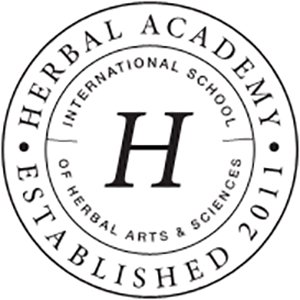I don't have the green thumb of Zoe Faust, and I can't cook as well as Dorian Robert-Houdin. But through my novels, I can explore subjects I love in more depth and live vicariously through my characters.
I love scribbling plot and character ideas in my paper notebook, seeing what develops as I play with different twists and introduce strong-willed characters to each other. But to add the details that really bring a book to life, that's where book research comes in.
For The Alchemist of Riddle and Ruin, part of that research involved tea. I already love drinking tea, so Max's journey in the book, as he prepares to open The Alchemy of Tea, was a great excuse to learn more about it.
Two books I especially enjoyed were Grow Your Own Tea: The Complete Guide to Cultivating, Harvest, and Preparing by Christine Parks and Susan M. Walcott and Homegrown Tea: An Illustrated Guide to Planting, Harvesting, and Blending Teas and Tisanes by Cassie Liversidge.
Technically, "tea" is made from the leaves of the camellia sinensis plant. The leaves of the tea tree are harvested to make white, green, oolong, and black tea. Anything else we think of as tea, such as mint tea or chamomile tea, is actually an herbal infusion—or a decoction made by boiling heartier elements like roots and bark. But "herbal tea" is so commonly used that I use that easily-understood distinction of tea and herbal tea.
I already knew a fair amount about tea, but one thing I didn't previously realize was that it's possible to grow tea plants in California. Any tea I grow in my backyard wouldn't have the same flavors as old-growth trees in parts of the world where tea has been grown and harvested for centuries, but still.... it's tempting to try it!
I also took an herbal tea workshop at the Herbal Academy, which was so much fun, and now I'm experimenting with even more loose-leaf teas.
A few of my favorite herbal teas right now. camomile flowers, a blend of green tea and herbs, CCF tea (an ayurvedic mix of spices: cumin, coriander, and fennel seeds), and nettle tea is in my mug right now.
For now, I'm sticking to growing herbs for herbal teas, like this mint growing in my backyard garden.
Read more in The Alchemist of Riddle and Ruin.



